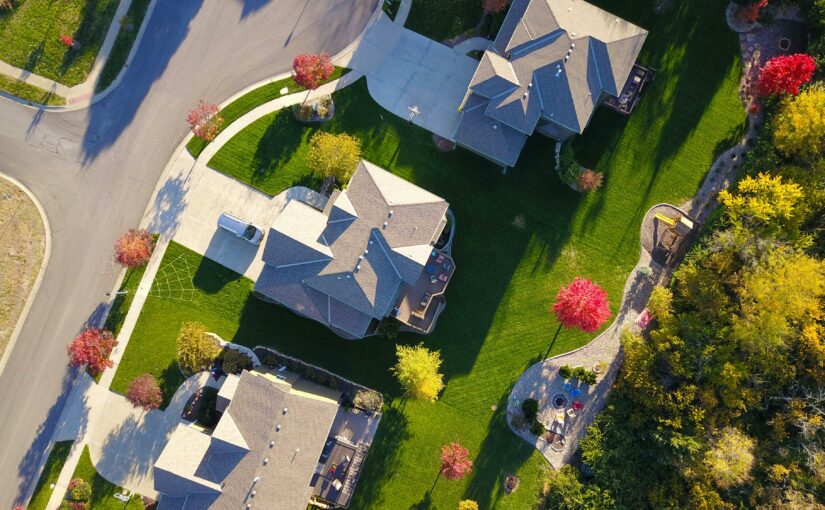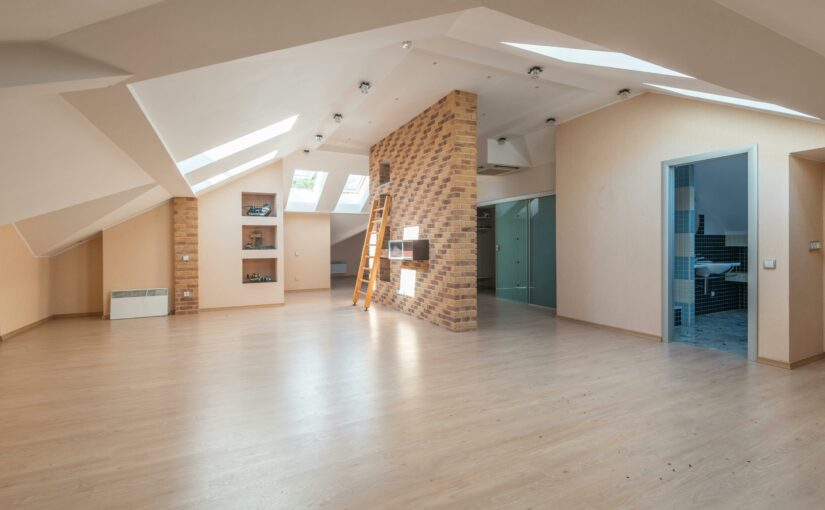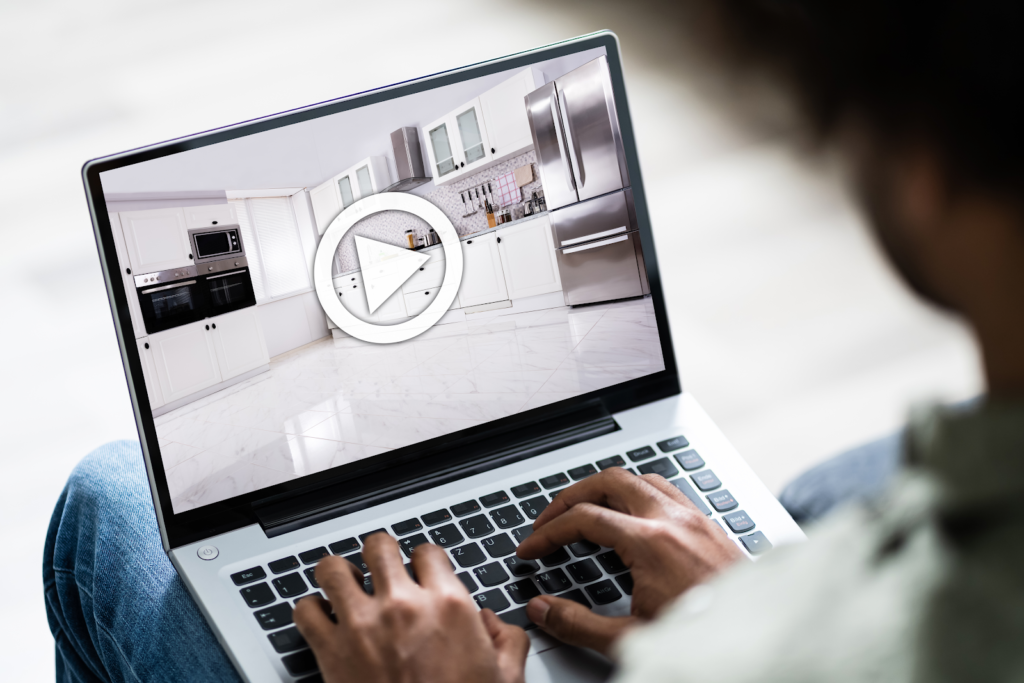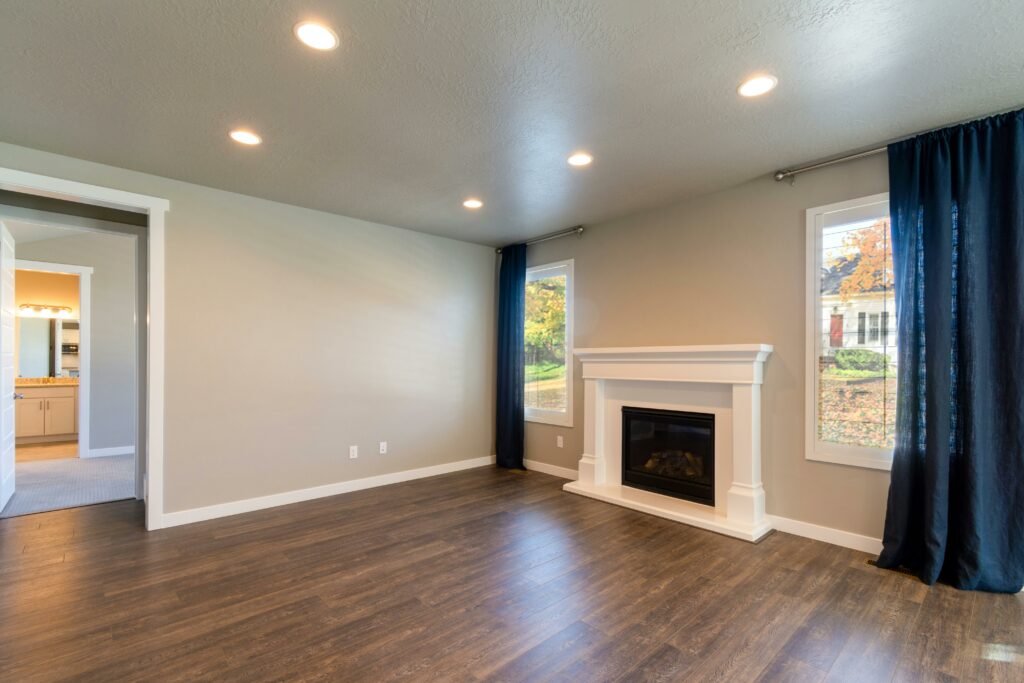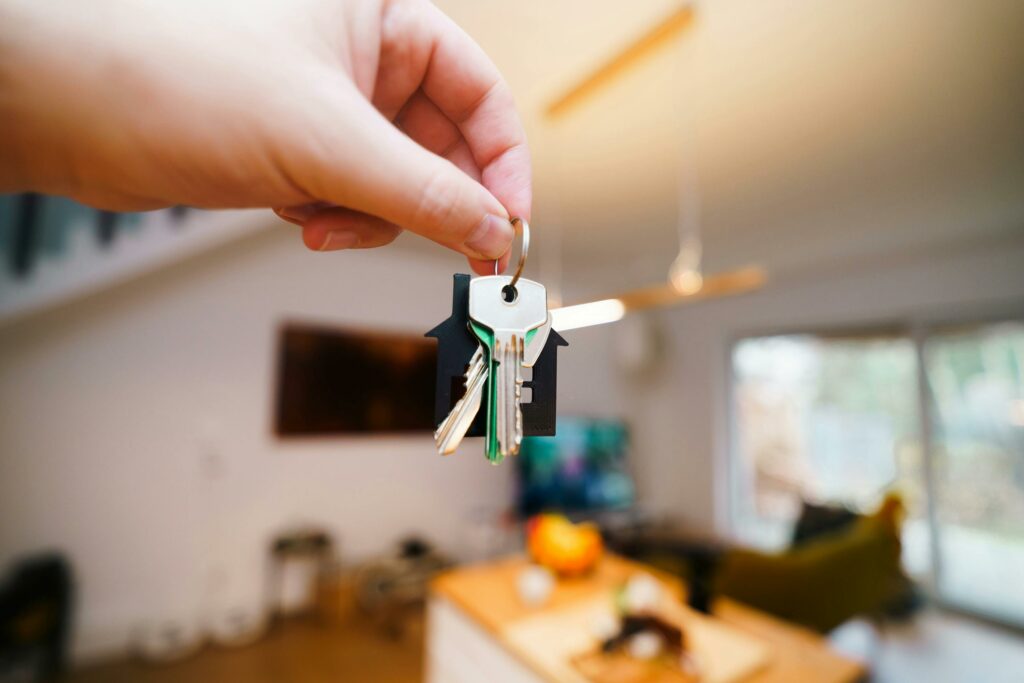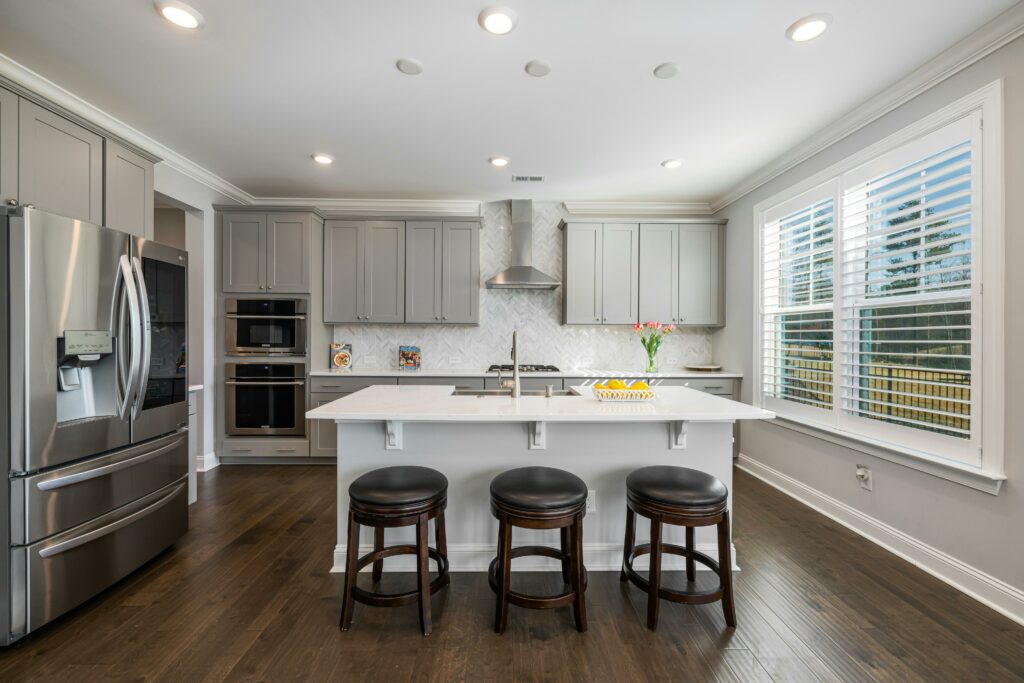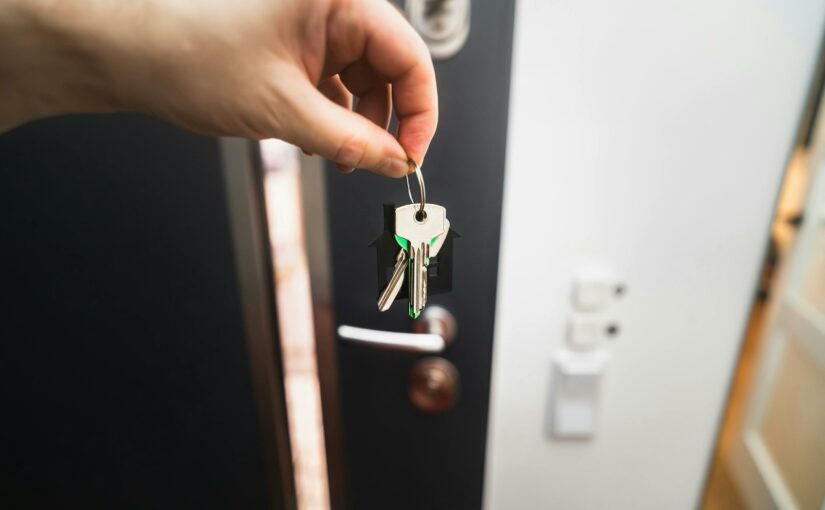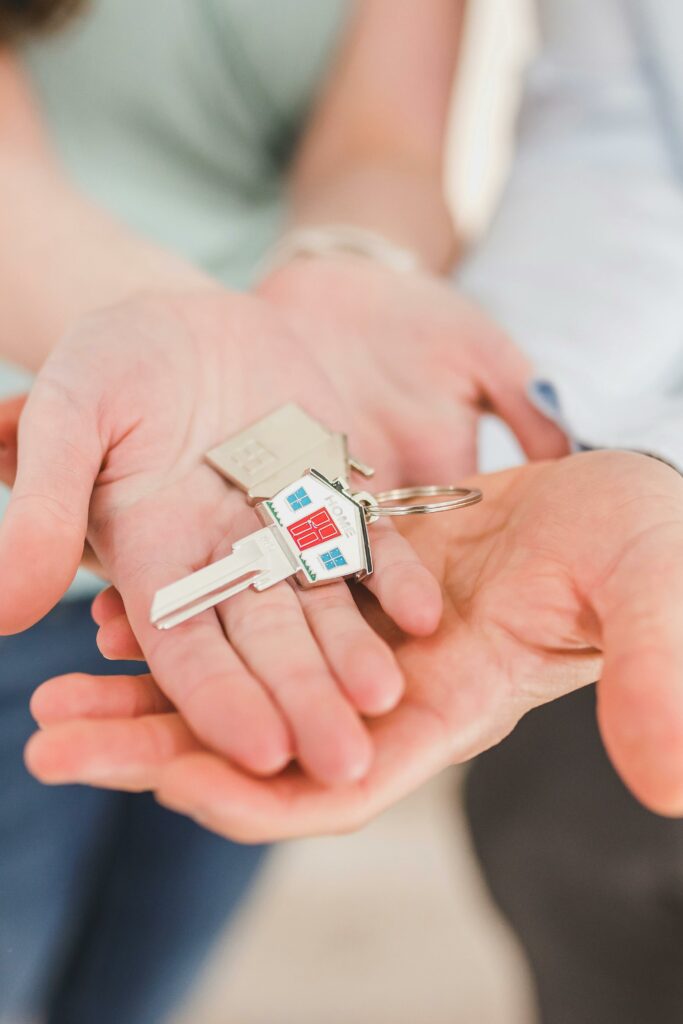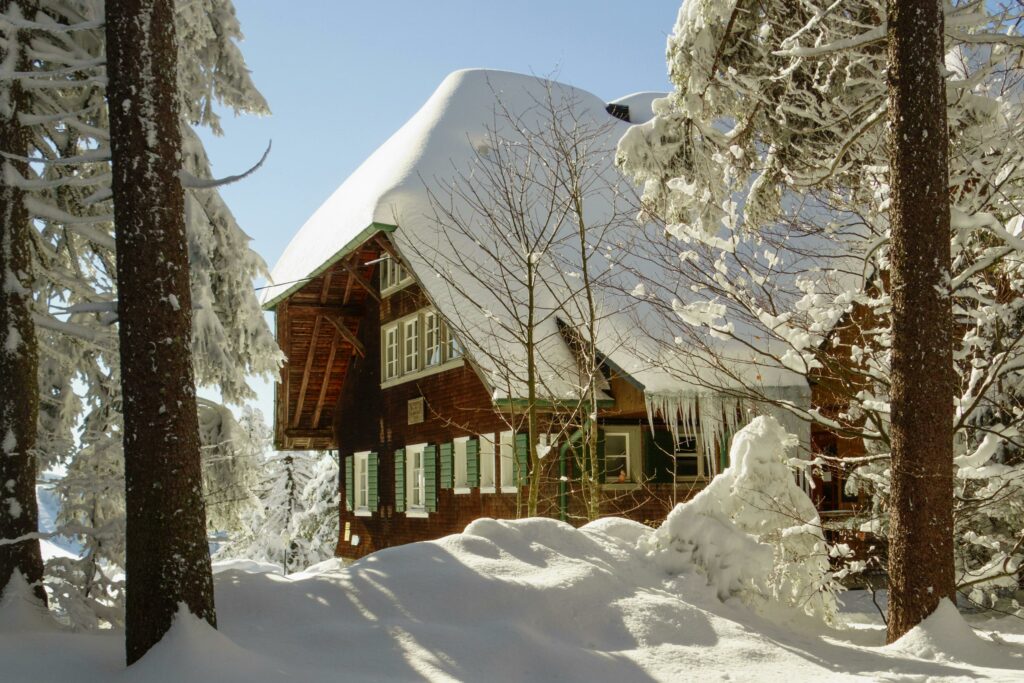Selling a home in 2025 feels… different. The energy that once defined the post-pandemic housing boom has cooled into a market defined by patience, precision, and perspective. Especially in the Southeast, homeowners are taking a cautious approach, weighing timing, price, and personal goals more carefully than ever.
But what’s really going on behind the numbers? Why are so many sellers both optimistic and uneasy at the same time?
Let’s break down what the data says, what experts are seeing, and how homeowners can navigate this unique year in real estate.
A Snapshot of Current Seller Sentiment
The national mood among homeowners is shifting. According to Fannie Mae’s June 2025 National Housing Survey, 60% of consumers say it’s a good time to sell, while 39% believe it’s not — a net positive of +21%. That’s solid optimism, but not overwhelming confidence.
By contrast, only 28% think it’s a good time to buy, highlighting a growing disconnect between buyers and sellers. This imbalance, fueled by affordability challenges and higher mortgage rates, is shaping the entire conversation around housing in the Southeast.
So yes — sellers feel ready. But buyers? Not so much.
Regional Reality Check: The Southeast in Focus
In the Mark Spain Real Estate Southeast Home Seller Sentiment Report (Fall 2025), the tone is more nuanced. Around 80% of Southeast home sellers report anxiety about selling, and 62% say ongoing market news has influenced their plans.
Even more telling: 69% of sellers with mortgages have postponed listing their homes because of high interest rates, with nearly half delaying for more than six months. That’s a significant portion of potential inventory stuck in limbo.
Yet optimism lingers — 72% of sellers still expect to get their full asking price or more, even as 26% of listings nationally now require price cuts. Confidence remains high, but it’s competing with a market that’s becoming more selective and price-sensitive.
If you’re wondering what that means for you, think balance — not panic.
Interest Rates and Market “Freeze”
The biggest headwind this year? Mortgage rates.
As JPMorgan’s February 2025 housing outlook put it, the market remains “largely frozen” — transaction volumes are low, and price growth is expected to stay under 3% nationwide. Elevated mortgage costs have created what analysts call a “lock-in effect,” where homeowners hesitate to sell because they don’t want to give up their existing low-rate loans.
In the Southeast, that hesitation is amplified. Florida, Georgia, and North Carolina all saw strong migration-driven demand in prior years. But as rates hover near 7%, even mobile buyers are pausing. Sellers sense this, and many are choosing to wait rather than compete in a market with fewer active buyers.
Inventory Is Rising, but Buyers Aren’t Keeping Up
The latest Redfin data paints a telling picture: there are now 1.9 million home sellers versus 1.5 million buyers, a 33% gap — the widest since at least 2013. The June 2025 Redfin update confirmed that this imbalance is especially pronounced in the Sunbelt and Southeastern metros.
What does that mean for sellers?
Pressure. More listings mean more competition, and pricing strategy matters more than ever. Nationally, Redfin projects that home prices could decline around 1% year-over-year by the end of 2025 if this gap persists.
Still, the Southeast isn’t uniform. Hot metro areas like Nashville and Tampa continue to attract inbound movers from the Northeast and Midwest, helping stabilize prices — at least for now.
What’s Driving Seller Confidence?
Despite the mixed data, confidence remains high among many homeowners. A Realtor.com survey found that 70% of potential sellers think it’s a good time to sell, and 81% believe they’ll get their asking price or more. Even more striking: 63% expect they won’t have to make significant concessions.
That optimism might be rooted in memories of 2021–2022 bidding wars — but today’s reality is more measured. Offers still come in strong for move-in-ready homes in desirable neighborhoods, but buyers have more leverage than before. Inspections, appraisal negotiations, and seller concessions are back on the table.
And many sellers are adapting. According to Mark Spain Real Estate, 68% of sellers are willing to offer concessions, often in the form of closing-cost help, repair credits, or temporary rate buydowns. Flexibility is becoming the new superpower in selling.
The Role of Technology in Selling Smarter
Interestingly, technology is making its way into seller strategy. Around 38% of Southeast sellers are open to using AI tools like ChatGPT to refine listing descriptions, staging ideas, and pricing language. That shift shows how sellers are taking control — using tools to personalize their approach in a market that demands creativity.
On listing platforms like ListProperty4Free, sellers are learning how to write engaging, authentic listings that appeal directly to buyer motivations rather than relying on outdated templates. A well-phrased description or an interactive virtual tour can make all the difference in attracting serious offers.
Understanding Southeast Home-Seller Sentiment
Let’s zoom back out for a second. What does all this data mean when we talk about southeast home-seller sentiment?
It’s a cocktail of optimism, hesitation, and adaptation. Homeowners still believe in the value of their properties — and they should — but they’re navigating a slower, more thoughtful market. Emotions are part of the equation, too. Anxiety over timing, regret over missed peaks, and uncertainty about buyer demand all play into decision-making.
For many, the key is recognizing that “waiting for the perfect time” may mean waiting indefinitely. Instead, it’s about preparing strategically: pricing realistically, presenting beautifully, and negotiating confidently.
Migration Trends: Who’s Moving (and Who’s Not)
Migration data also helps explain the sentiment divide. Southeastern metros continue to attract remote workers and retirees — but the flow has slowed.
Census migration data for early 2025 shows inbound moves to Florida, Tennessee, and the Carolinas are still positive, though lower than in 2022–2023. High insurance costs in coastal zones and property tax increases in fast-growing counties are beginning to cool what was once red-hot demand.
That’s not necessarily bad news. It may simply signal stabilization — the return of a more balanced market where homes don’t sell in days but in weeks, and both parties have room to negotiate.
Expert Insight: What Professionals Are Saying
Real estate professionals across the Southeast describe 2025 as a “reset year.” Not a downturn — a recalibration.
Agents from Georgia to Alabama are seeing two distinct groups of sellers:
- Those who have to move (job relocations, life events)
- Those who would like to move — but not yet
The second group is holding the market back from normal volume. That said, agents also note that properly priced homes in desirable school districts or with recent upgrades still draw multiple offers within a few weeks.
Experts agree: presentation and patience are more valuable than panic-driven pricing.
Actionable Takeaways for Homeowners
Thinking of selling this year? Here’s how to make smart moves in a cautious market:
1. Price for Today, Not Yesterday
Use recent comparable sales, not 2022’s highs. A competitive price upfront can attract faster offers and avoid later reductions.
2. Highlight Value Over Price
Focus on lifestyle, location perks, and upgrades that matter — not just square footage. Buyers want to feel the home’s worth.
3. Be Ready to Negotiate
Expect concessions. Offering help with closing costs or repairs can help your listing stand out in a crowded market.
4. Use Tech Wisely
Consider AI-assisted tools for listing optimization or virtual staging. They can make your home look its best to digital-first buyers.
5. Watch Interest Rate Trends
If mortgage rates dip below 6.5%, expect a short-lived rush of buyers. That may be the window to list quickly.
The Bottom Line
The Southeast’s housing story in 2025 is one of transition. Confidence is high, but patience is required. Sellers are optimistic — and rightfully so — but they’re also learning that success now comes from strategy, not speed.
For homeowners considering a sale this year, the best move might not be to wait for perfect timing. It’s to plan for real conditions, adapt, and take advantage of the still-strong buyer interest in well-presented homes.
In short: selling in 2025 isn’t easy. But it’s doable. And with the right preparation and perspective, it can still be deeply rewarding.
